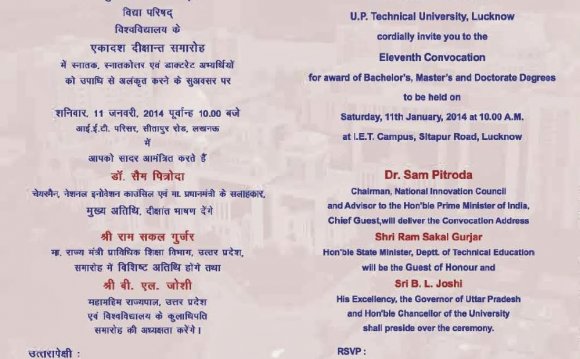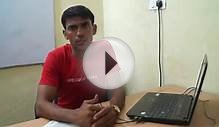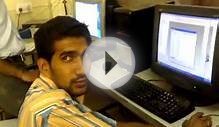
This post will be updated if any changes are announced by the GATE 2011 organizing institute. This GATE syllabus is a part of GATE 2011 Preparation: A complete Guide. I would also recommend you to refer A set of ‘Must Read’ articles for M.Tech aspirants which I wrote over a year answering questions of M.Tech aspirants.
Probability and Statistics: Mean, median, mode and standard deviation; Random variables; Poisson, normal and binomial distributions; Correlation and regression analysis.
Numerical Methods: Solutions of linear and non-linear algebraic equations; integration of trapezoidal and Simpson’s rule; single and multi-step methods for differential equations.
Farm Machinery and Power
Sources of power on the farm-human, animal, mechanical, electrical, wind, solar and biomass; bio-fuels; design and selection of machine elements – gears, pulleys, chains and sprockets and belts; overload safety devices used in farm machinery; measurement of force, torque, speed, displacement and acceleration on machine elements.
Soil tillage; forces acting on a tillage tool; hitch systems and hitching of tillage implements; mechanics of animal traction; functional requirements, principles of working, construction and operation of manual, animal and power operated equipment for tillage, sowing, planting, fertilizer application, inter-cultivation, spraying, mowing, chaff cutting, harvesting, threshing and transport; testing of agricultural machinery and equipment; calculation of performance parameters -field capacity, efficiency, application rate and losses; cost analysis of implements and tractors
Thermodynamic principles of I.C. engines; I.C. engine cycles; engine components; fuels and combustion; lubricants and their properties; I.C. engine systems – fuel, cooling, lubrication, ignition, electrical, intake and exhaust; selection, operation, maintenance and repair of I.C. engines; power efficiencies and measurement; calculation of power, torque, fuel consumption, heat load and power losses.
Tractors and power tillers – type, selection, maintenance and repair; tractor clutches and brakes; power transmission systems – gear trains, differential, final drives and power take-off; mechanics of tractor chassis; traction theory; three point hitches- free link and restrained link operations; mechanical steering and hydraulic control systems used in tractors; human engineering and safety in tractor design; tractor tests and performance.
Soil and Water Conservation Engineering
Ideal and real fluids, properties of fluids; hydrostatic pressure and its measurement; hydrostatic forces on plane and curved surface; continuity equation; Bernoulli’s theorem; laminar and turbulent flow in pipes, Darcy- Weisbach and Hazen-Williams equations, Moody’s diagram; flow through orifices and notches; flow in open channels.
RELATED VIDEO












